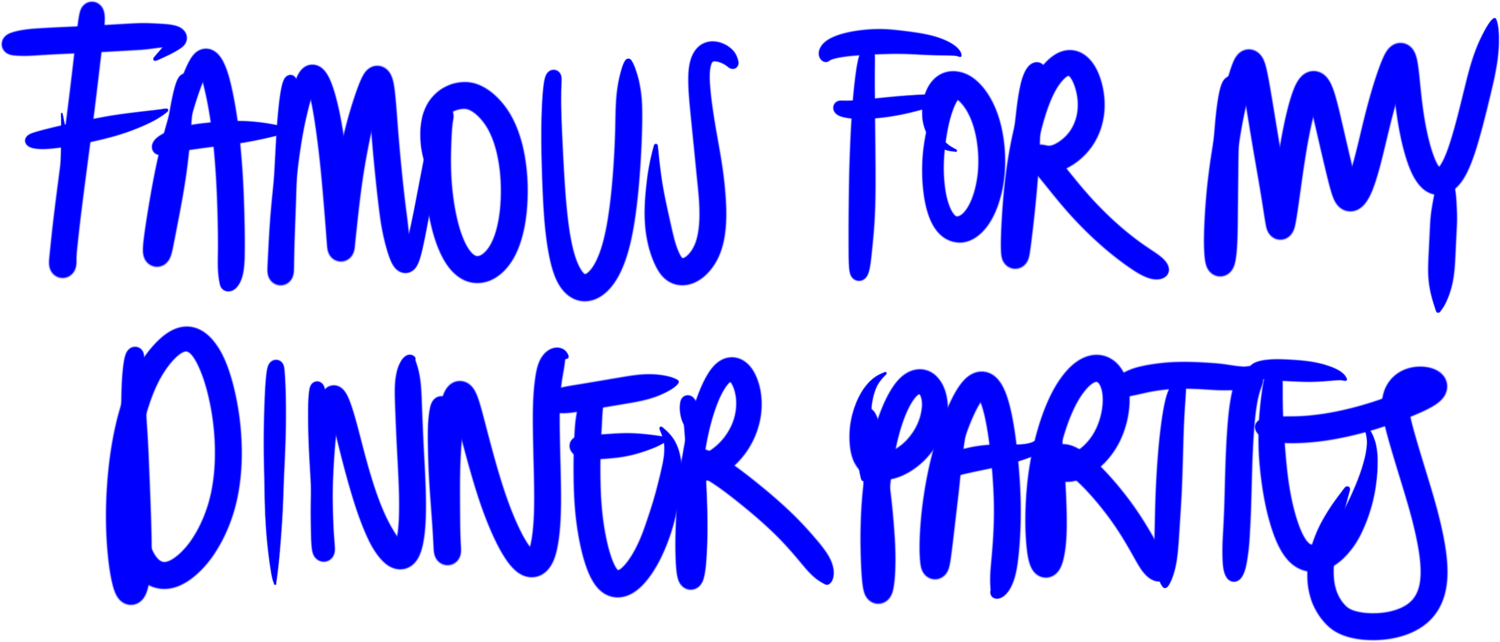LOVE IN THE TIME OF CORONA PART 3: ROSH HASHANAH
Literally meaning ‘head of the year’, Rosh Hashanah is a two-day celebration ushering in the Jewish New Year in the Hebrew calendar. It is the first of a series of Jewish high holidays, usually falling in September or October. A joyous occasion, Rosh Hashanah is considered to be one of the more important Jewish holidays in the calendar. It’s a huge family event. Symbolism, never lost in religious ceremony and tradition, plays an enormous role in Judaism, especially in the foods eaten on various holidays. These traditions vary in every family, depending on a myriad of things, including if the people celebrating are Ashkenazi, Sephardic or Mizrahi Jews, which country or ethnic background family members are from, and simply what is available in the place they’re celebrating. This is evident in the food on the new year’s table. Rosh, which means ‘beginning’, also means ‘head’ in Hebrew, so you’ll find a fair number of heads on dinner tables, such as fish or sheep head. With the Covid–19 Coronavirus still very much dictating how people interact and spend time with family and friends, this Rosh Hashanah will be different for many people celebrating.
Saskia, Stockholm, Sweden
Saskia is Jewish (Ashkenazi), with her family hailing from Central and Eastern Europe. For her, apples and honey play important symbolic roles: the apple represents the whole, round year. They are dipped in honey to provide sweetness for the year to come. The honey is just the first of many sweet delights: a lot of the cooking involves dried fruits like dates and raisins, as well as pomegranates. That is also obvious in this version of the classic Ashkenazi dish Tzimmes. Originally from Germany, the dish consisted of beef and carrots stewed together, but ingredients changed with the Jewish diaspora. This version consists of carrots, sweet potato, dried dates, figs and apricots, along with orange and lemon juice and zest, brown sugar, honey and pomegranate vinegar.
Marek, Travemünde, Germany
Marek lives in Berlin but travelled to Travemünde in the North of Germany to celebrate Rosh Hashanah with his parents, wife, two children and some extended family by the seaside. Like Saskia, they ate a version of Tzimmes and there were apples with honey. Another Ashkenazi classic that made it onto Marek’s table is Gefilte Fisch: literally meaning ‘filled fish’, the dish is arguably the most iconic of all Jewish dishes. To make it, a fish is carefully skinned, after which the flesh is chopped and mixed with eggs and matzoh meal, along with flavourings. It is then returned to the fish skin and poached. Alongside these classics, Marek and his family have varying side dishes each year. Because they were not at home for this Rosh Hashanah, some of their classic table decorations were missing.
Nicole, New York City, United States
Nicole, a visual artist from New York, is particularly famous for her passover parties, but also throws together a great Rosh Hashanah meal. Her holiday meal this year consisted of classic Jewish staples such as matzoh ball soup, dishes with Rosh Hashanah specific symbolism — an apple pie for a sweet new year —, and just plain delicious and festive foods like griddles aubergines and strawberries dipped in chocolate.
Anna, Tel Aviv, Israel
Anna is the founder of the website telavivian.com. She spent her Rosh Hashanah at home in Tel Aviv. Right before the new year, the city went into lockdown, forcing people to stay within one kilometre away from their homes. Luckily for Anna, some of her relatives live close by. She celebrated in a much, much smaller setting than usual with her cousin and her grandmother’s sister Feiga. On the table were challah, apples with honey, some salads and Feiga’s delicious gehackte leber.
Ira, countryside, Israel
Ira’s Rosh Hashanah looked different than planned: He was supposed to be in Greece with his partner Mai, but with Covid-19 cases on the rise decided to spend the New Year’s celebrations with friends living in the countryside in the North of the country. Because their hosts eat vegan most of the time, many holiday classics were out of the question. Instead, they got creative with the local ingredients and created a very colourful and surprising meal. They dressed as if ready for a pyjama party and floated through the evening like subjects in a Marc Chagall painting.
Intro: Saskia Neuman
Photos: Nicole Cohen, Anna Kopito, Saskia Neuman, Marek Polewski, Ira Shalit








